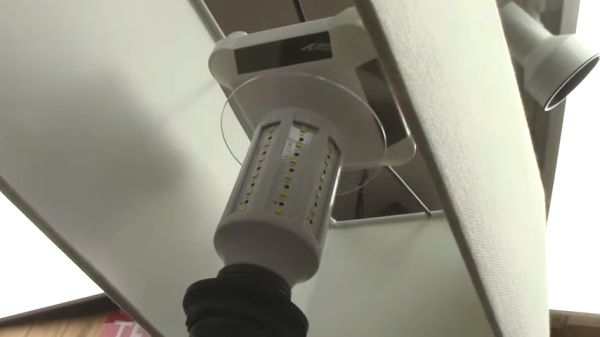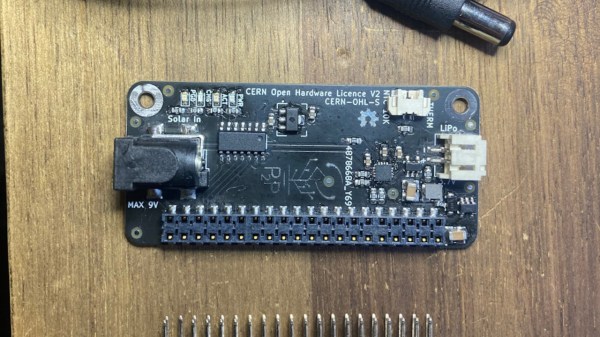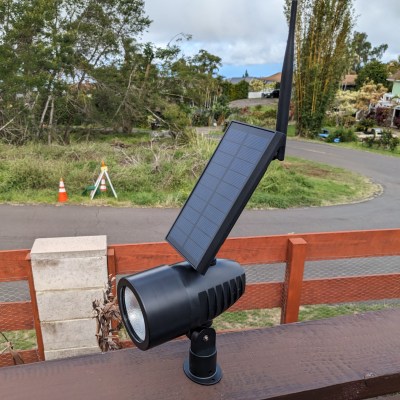Recently, a company by former SpaceX employee Ben Nowack – called Reflect Orbital – announced that it is now ready to put gigantic mirrors in space to reflect sunshine at ground-based solar farms. This is an idea that’s been around for a hundred years already, both for purposes of defeating the night through reflecting sunshine onto the surface, as well as to reject the same sunshine and reduce the surface temperature. The central question here is perhaps what the effect would be of adding or subtracting (or both) of solar irradiation on such a large scale as suggested?
We know the effect of light pollution from e.g. cities and street lighting already, which suggests that light pollution is a strongly negative factor for the survival of many species. Meanwhile a reduction in sunshine is already a part of the seasons of Autumn and Winter. Undeniable is that the Sun’s rays are essential to life on Earth, while the day-night cycle (as well as the seasons) created by the Earth’s rotation form an integral part of everything from sleep- and hibernation cycles, to the reproduction of countless species of plants, insects, mammals and everyone’s favorite feathered theropods.
With these effects and the gigantic financial investments required in mind, is there any point to space-based mirrors?
Continue reading “Space Mirrors: Dreams Of Turning The Night Into Day Around The Clock”



















